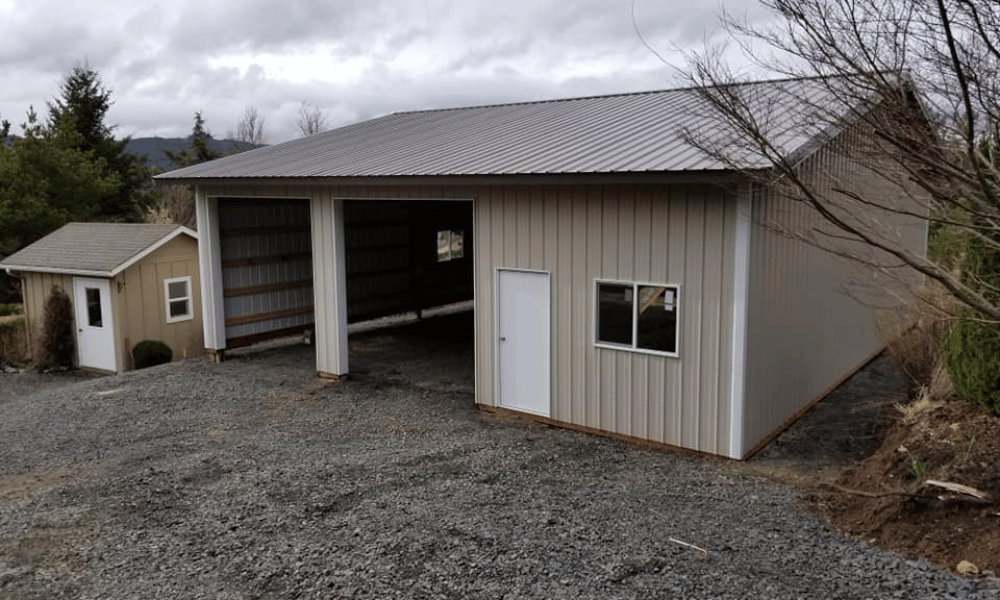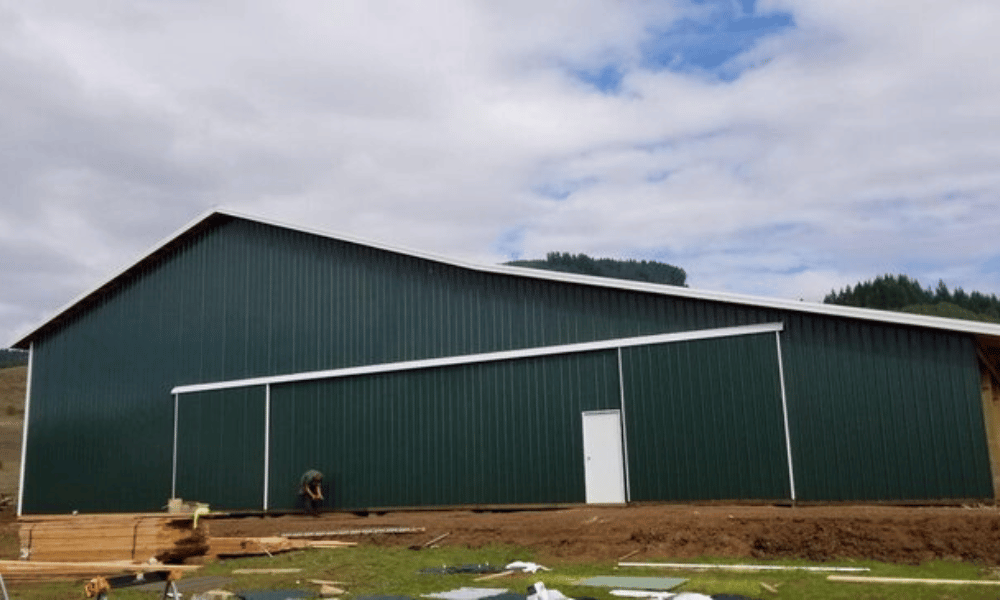Exploring Different Flooring Options For A Functional Atmosphere.
In the ever-evolving world of interior design, flooring often gets overlooked. However, it plays a crucial role in shaping the atmosphere of any space. Whether you're renovating your home, setting up a new office, or even designing a pole barn garage, the flooring you choose can significantly impact functionality and aesthetics. With countless options available, making the right choice can feel overwhelming. In this article, we will explore various flooring options, their benefits, and considerations to help you create a functional atmosphere tailored to your needs.
Understanding the Importance of Flooring in Design
When it comes to creating a cohesive and inviting environment, flooring is foundational. It sets the tone for your space and influences everything from comfort to maintenance.
Why Is Flooring So Important?
Flooring can dramatically affect how a room feels—warm and cozy or cool and sleek. It impacts acoustics and even air quality. For instance:
- Warmth: Carpeting provides insulation and comfort.
- Durability: Tile or hardwood can withstand heavy traffic.
- Aesthetic Appeal: The right flooring can enhance your design theme.
This leads us to consider what type of atmosphere you want to create.
How Does Flooring Affect Mood?
Different materials evoke different feelings:
- Wood: Instills warmth and nostalgia.
- Tile: Can feel modern and clean.
- Carpet: Offers comfort but may feel cluttered in small spaces.
Ultimately, understanding pole barn the psychological impact of flooring choices can guide you toward making informed decisions.

Exploring Different Flooring Options For A Functional Atmosphere
Now that we've established why flooring matters let's dive into specific options.
1. Hardwood Flooring
Hardwood has long been a favorite for its timeless appeal. But what makes it so special?
Benefits of Hardwood Flooring
- Aesthetic Value: Adds elegance to any room.
- Durability: Can last for decades if properly maintained.
- Increases Home Value: Often sought after by buyers.
Considerations
However, hardwood isn't without its drawbacks:
- Pricey Installation: It can be expensive compared to other materials.
- Susceptibility to Water Damage: Not ideal for damp areas.
2. Laminate Flooring
Laminate has emerged as an affordable alternative to hardwood without sacrificing style.
Advantages
- Cost-effective: Generally cheaper than hardwood.
- Easy Installation: Most come with a click-lock system that requires no nails or glue.
Limitations
While laminate is versatile, it has its downsides:
- Less Durable Than Hardwood: Can scratch easily.
- Not Refinishable: Once damaged, it needs replacement rather than refinishing.
3. Vinyl Flooring
Vinyl has become increasingly popular due to its versatility and affordability.
Pros of Vinyl
- Water Resistant: Ideal for kitchens and bathrooms.
- Variety of Styles: Available in sheets or tiles that mimic wood or stone.
Cons
Nonetheless:
- Can Deteriorate Over Time: May fade if exposed to direct sunlight continuously.
Table 1 - Quick Comparison of Flooring Types
| Type | Price | Durability | Maintenance | |---------------|--------------|----------------|---------------------------| | Hardwood | $$$ | Very High | Moderate | | Laminate | $$ | Moderate | Easy | | Vinyl | $ | Moderate | Very Easy |
Exploring Unique Options
Now let's look at some unique options that enhance functionality while adding flair.
4. Concrete Floors
Often found in industrial settings, concrete floors are gaining traction in residential homes too.

Why Choose Concrete?
Concrete offers unmatched durability and strength. It's perfect for pole barn garages where heavy machinery might be stored.
Drawbacks
However:
- Concrete can feel cold underfoot unless heated properly.
5. Tile Flooring
Tile is another robust option known for its versatility in design and function.
Benefits of Tile
Tile provides endless design possibilities—from classic ceramic to intricate mosaics—and is water-resistant!
Limitations
It’s worth noting that tile installation can be labor-intensive and costly upfront but pays off with longevity.
FAQ Section
What type of flooring is best for high traffic areas?
For high traffic areas, hardwood or tile are excellent choices due to their durability. Laminate also works but may not hold up as well over time compared to natural wood or tile surfaces.
Is carpet still a good option?
Yes! Carpet remains popular for bedrooms or family rooms where comfort is key; however, it's essential to consider maintenance costs related to cleaning stains or allergens trapped within fibers.
How do I choose the right flooring material?
Consider factors such as durability needs based on foot traffic levels; desired aesthetic appeal; climate conditions (e.g., humidity); especially if you have pets!

Can I install new floors over old ones?
In many cases yes! You can lay new material over existing floors provided they’re level/unbroken (check local building codes). Always consult professional guidance before proceeding!
Conclusion
Choosing the right flooring option isn’t just about aesthetics; it’s about creating an atmosphere that meets your functional needs while expressing your personal style. By exploring different types—whether it's luxurious hardwoods or practical vinyl—you'll find that each material brings its unique charm and challenges into play.
Remember these tips as you embark on this journey:
- Assess your lifestyle needs (e.g., children/pets).
- Consider future maintenance implications (especially with carpets).
- Don’t forget about environmental factors affecting longevity (humidity levels).
With thoughtful consideration regarding “Exploring Different Flooring Options For A Functional Atmosphere,” anyone can transform their space into something truly remarkable!